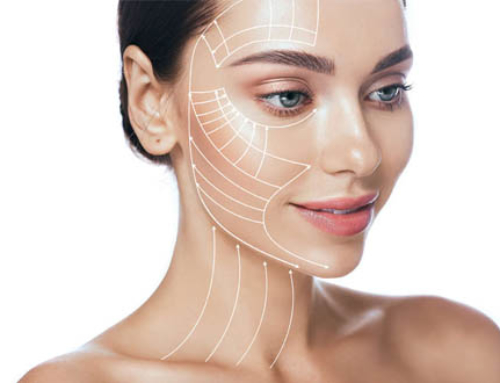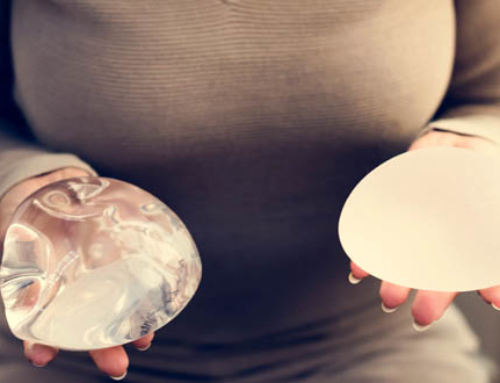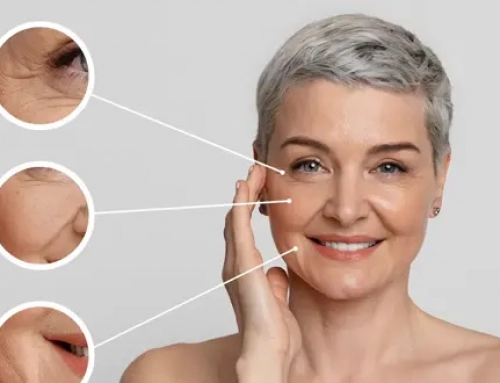
The best approach for beautiful rhinoplasty results
Rhinoplasty is designed for individuals who feel that their nose is not balanced with their face. Patients interested in nose surgery often have troubles showing their profile or watching themselves in photos. The morphology of the nose can give it a harsh, sad, less feminine appearance or even hide the beauty of the face.
There are many nose imperfections : deviations, length and size disproportions, nasal humps or hollows. The nasal tip can also be too big. Patients requests differ a lot, which is why careful examination and clear expectations are essential to the success of rhinoplasty. If you want to benefit from a nose surgery specialist’s expertise, visit the rhinoplasty Tunisia page of Dr.Balti’s website to know more about the procedure and get in touch with Dr.Balti by filling in the contact form.
What any rhinoplasty should be based on
The nose is at the center of the face, therefore it defines a large part of an individual’s appearance. Succeeding rhinoplasty relies on :
- Defining clear and precise expectations agreed upon by both the surgeon and his patient.
- Aiming for a natural result in harmony with the face.
- Preserving the natural appearance of the nose that fits well with the other facial components.
Rhinoplasty principle
The nose is a set made of skin, cartilages, bones and muscles. Balance in this structure depends on each one of these components. When one of these components is altered, this whole structure has to be balanced out. The opening, or access path, allowing to get to these nasal components is an incision inside the nose or a V / W shaped incision in the middle third of the columella. The scars resulting from these incisions are not visible after surgery.
Rhinoplasty aims at reshaping the nose by working on the cartilages, the bones and the septum. To consolidate the result and ensure it is long-lasting, cartilage grafts are commonly used to support the nose. Deviated septums can be repaired if necessary during any nose surgery.





